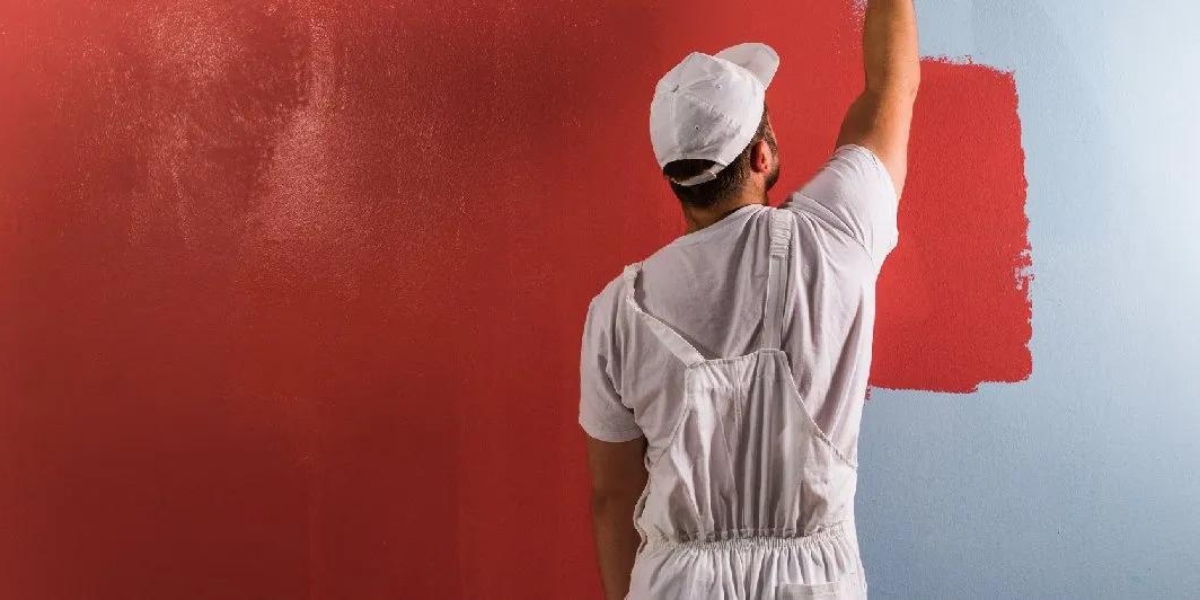

Articles
Can You Paint Interior Walls When Raining
Modified: January 7, 2024
Discover if you can paint interior walls when it's raining. Read our informative articles for expert advice and tips.
(Many of the links in this article redirect to a specific reviewed product. Your purchase of these products through affiliate links helps to generate commission for Storables.com, at no extra cost. Learn more)
Introduction
When it comes to home improvement projects, painting interior walls is a popular choice among homeowners. It can transform a space, adding a fresh new look and enhancing the overall aesthetic appeal of a room. However, one common concern that arises during the painting process is adverse weather conditions, particularly rain. Many wonder if it is possible to paint interior walls when it’s raining outside.
Painting interior walls requires proper preparation, timing, and suitable conditions to ensure a successful outcome. Rain can present challenges when it comes to painting, as it can affect the quality and durability of the paint job. Understanding the factors to consider and the impact of rain on interior wall painting is crucial to achieve the desired results.
In this article, we will dive into the factors to consider when painting interior walls and how rain can impact the painting process. We will also explore whether it is advisable or possible to paint interior walls when it’s raining, and discuss alternative solutions for painting during rainy weather.
Key Takeaways:
- Don’t risk it: Painting interior walls during rainy weather can lead to compromised results, including moisture absorption, prolonged drying time, and potential water damage. Waiting for dry weather or seeking professional help is advisable.
- Alternative solutions: If painting during rainy weather is unavoidable, consider creating a temporary paint booth, addressing leaks, or seeking professional help. Patience and precaution are key to achieving a successful interior wall painting project.
Factors to Consider when Painting Interior Walls
Before diving into the impact of rain on interior wall painting, it’s important to understand the essential factors to consider when undertaking any painting project. These factors play a significant role in ensuring a smooth and successful painting process:
- Preparation: Proper preparation is key to achieving a flawless paint finish. This includes cleaning the walls, filling any cracks or holes, and sanding rough surfaces. It is important to ensure that the walls are smooth and free from dust or debris before applying any paint.
- Paint Quality: Investing in high-quality paint is essential for a long-lasting and visually appealing result. Consider the type of paint suitable for your project, whether it’s a flat or semi-gloss finish, and choose a reputable brand known for its durability.
- Priming: Applying a primer is often recommended, especially when dealing with new drywall or drastic color changes. A primer helps create a smooth surface, enhances paint adhesion, and prevents stains or discoloration from bleeding through the paint.
- Weather Conditions: While interior wall painting is typically not affected by external weather conditions, it’s important to consider the temperature and humidity levels in the room. Extreme temperatures or high humidity can impact the drying time of the paint and affect the overall finish.
- Ventilation: Adequate ventilation is crucial during the painting process. Open windows and doors to ensure proper air circulation, which helps with paint drying and reduces the intensity of fumes. However, be cautious when painting in rooms with strong drafts that may cause dust or debris to impact the paint job.
Considering these factors and taking the necessary precautions will help set the foundation for a successful interior wall painting project. However, when it comes to rainy weather, additional considerations need to be taken into account to uphold the quality of the paint job.
Impact of Rain on Interior Wall Painting
Rain can have a significant impact on interior wall painting, even if the painting is done indoors. Here are some ways in which rain can affect the painting process and the final result:
- Moisture Absorption: Rainy weather often increases the humidity levels in the air, which can lead to increased moisture absorption by the walls. This can affect the paint’s ability to adhere properly and may result in issues such as blistering, bubbling, or peeling.
- Prolonged Drying Time: Excessive moisture in the air can prolong the drying time of the paint. This can lead to smudging, smearing, or uneven drying, compromising the overall finish.
- Water Stains: If there are leaks or inadequate protection against rain, water may seep through the walls, causing water stains and damage to the underlying structure. Painting over these stains without proper treatment can result in the stains bleeding through the new paint.
- Pooling of Water: Rainwater can seep into the room through open windows or leaks, resulting in pools of water on the floor or adjacent surfaces. This can create a hazardous environment, potentially damaging the flooring or furniture.
- Mold and Mildew Growth: Increased moisture levels in a room can create a conducive environment for mold and mildew growth. These can lead to health issues and also damage the paint and underlying surfaces if not properly addressed.
It is essential to address these potential issues before proceeding with interior wall painting during or after rainy weather. Ignoring these factors can result in unsatisfactory outcomes, requiring additional repairs and repainting in the future.
It’s best to avoid painting interior walls when it’s raining as the humidity can affect the drying process and result in a poor finish. Wait for a dry day to ensure the best results.
Can You Paint Interior Walls When It’s Raining?
While it is technically possible to paint interior walls when it’s raining outside, it is generally not recommended. The impact of rain on the painting process, as mentioned earlier, can lead to compromised results and potential issues down the line. However, there are a few scenarios in which painting during rainy weather may be feasible:
- Controlled Environment: If you have a controlled indoor environment with no moisture issues or leaks, painting during light drizzles or with proper protection measures may be possible. However, it is still preferable to wait for drier weather to ensure optimal results.
- Quick-Drying Paint: Some paint brands offer quick-drying formulas that can withstand mild moisture exposure. If you decide to paint during rainy weather, using these types of paints may minimize the risk of damage or compromised results.
- Expertise and Experience: Professional painters who have extensive experience and expertise may be able to handle painting during rainy weather more effectively. They have the knowledge to address the potential issues and take necessary precautions to protect the paint job.
However, for most homeowners and DIY enthusiasts, it is best to wait for dry weather to ensure optimal conditions for interior wall painting. This will minimize the risk of issues such as paint peeling, blistering, or uneven drying, and ensure a smoother and more durable finish.
Additionally, it is important to consider the long-term effects of painting in rainy weather. Even if the initial result may seem satisfactory, there is a higher chance of paint deterioration and the need for repainting sooner than expected.
Alternative Solutions for Painting During Rainy Weather
If you find yourself in a situation where you need to paint interior walls during rainy weather, there are alternative solutions that can help mitigate the potential risks and maintain the quality of the paint job:
- Choose a Different Room: If possible, consider painting a room that is not directly affected by leaks or moisture issues. This will minimize the risk of water damage and allow you to proceed with the painting project.
- Create a Temporary Paint Booth: If you have a well-ventilated area or a garage, you can create a temporary paint booth by erecting plastic sheeting to protect the area from rain or moisture. This will provide a controlled environment for painting without compromising the quality of the paint job.
- Wait for Dry Weather: Patience is key when it comes to painting during rainy weather. It is advisable to wait for dry weather conditions before proceeding with the painting project. This will ensure optimal conditions for paint application and reduce the risk of damage or compromised results.
- Seal Leaks and Moisture Issues: Prioritize addressing any leaks or moisture issues before painting. It is crucial to seal any potential sources of water infiltration to protect the walls and maintain the integrity of the paint job.
- Opt for Professional Help: If you are uncertain about painting during rainy weather or concerned about potential issues, it may be wise to seek professional help. Experienced painters can guide you on the best course of action and ensure a successful paint job, even in less ideal weather conditions.
Remember, taking the necessary precautions and considering alternative solutions will help minimize the potential risks and ensure a satisfactory outcome for your interior wall painting project.
Read more: Can You Plant Grass Seed When It’s Raining
Conclusion
Painting interior walls is an effective way to transform the look and feel of a room. While rainy weather can pose challenges to the painting process, it is important to consider the factors discussed in this article to achieve the best results. Moisture absorption, prolonged drying time, water stains, pooling of water, and mold/mildew growth are all potential issues that can arise when painting during or after rain.
In most cases, it is advisable to wait for dry weather conditions before painting interior walls. This will ensure optimal conditions for paint adhesion, drying, and long-term durability. However, if painting during rainy weather is unavoidable, there are alternative solutions to minimize the risks. These include choosing a different room, creating a temporary paint booth, or addressing leaks and moisture issues before painting.
Ultimately, the decision to paint during rainy weather should be based on your specific circumstances, expertise, and the level of risk you are willing to tolerate. If unsure or concerned, it is always a good idea to consult with professional painters who can provide guidance and expertise to navigate challenging weather conditions.
By considering these factors and taking the necessary precautions, you can ensure a successful interior wall painting project that will enhance the overall aesthetic appeal of your home for years to come.
Frequently Asked Questions about Can You Paint Interior Walls When Raining
Was this page helpful?
At Storables.com, we guarantee accurate and reliable information. Our content, validated by Expert Board Contributors, is crafted following stringent Editorial Policies. We're committed to providing you with well-researched, expert-backed insights for all your informational needs.
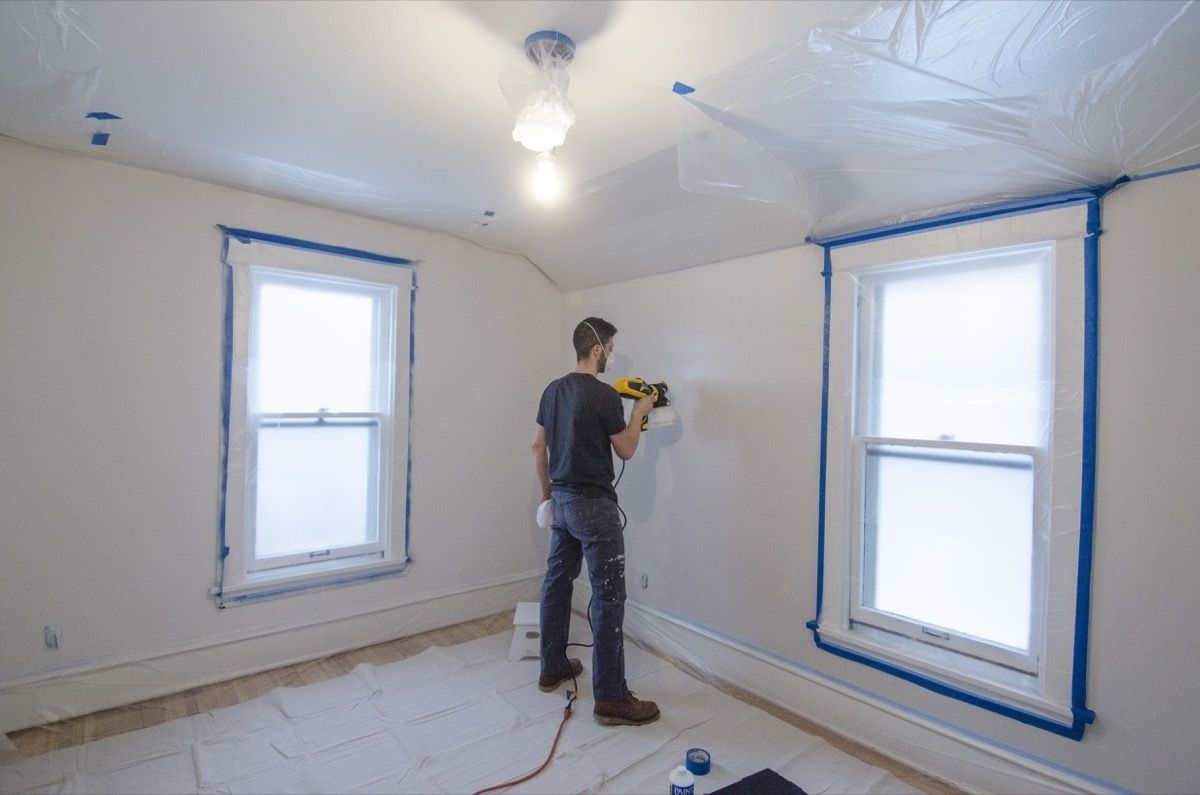
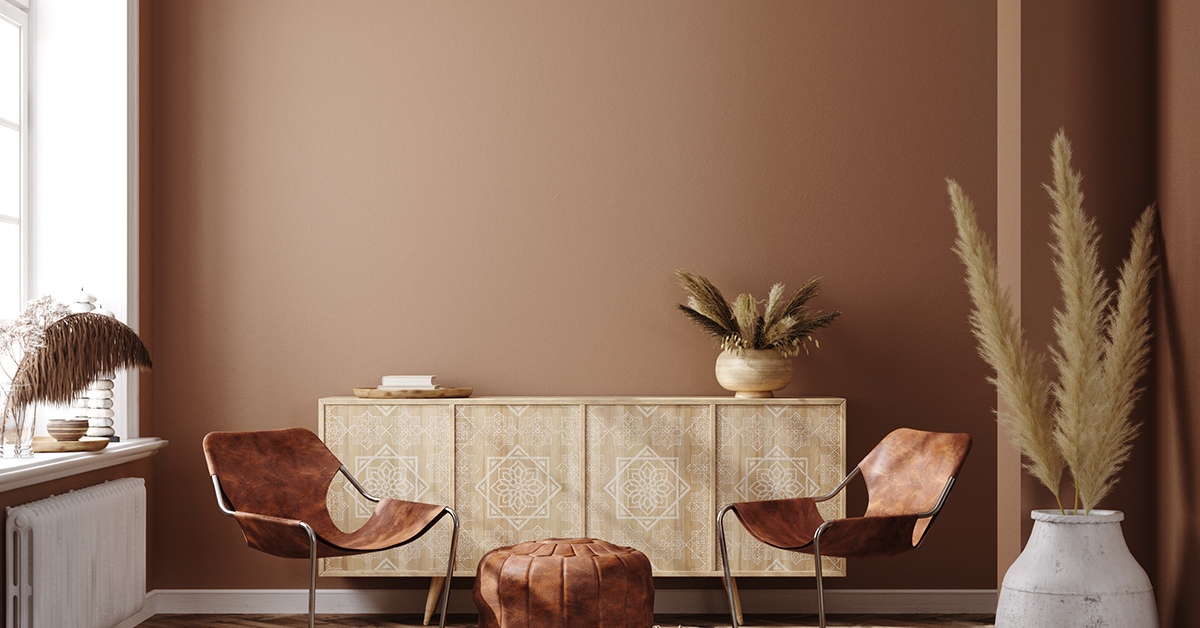
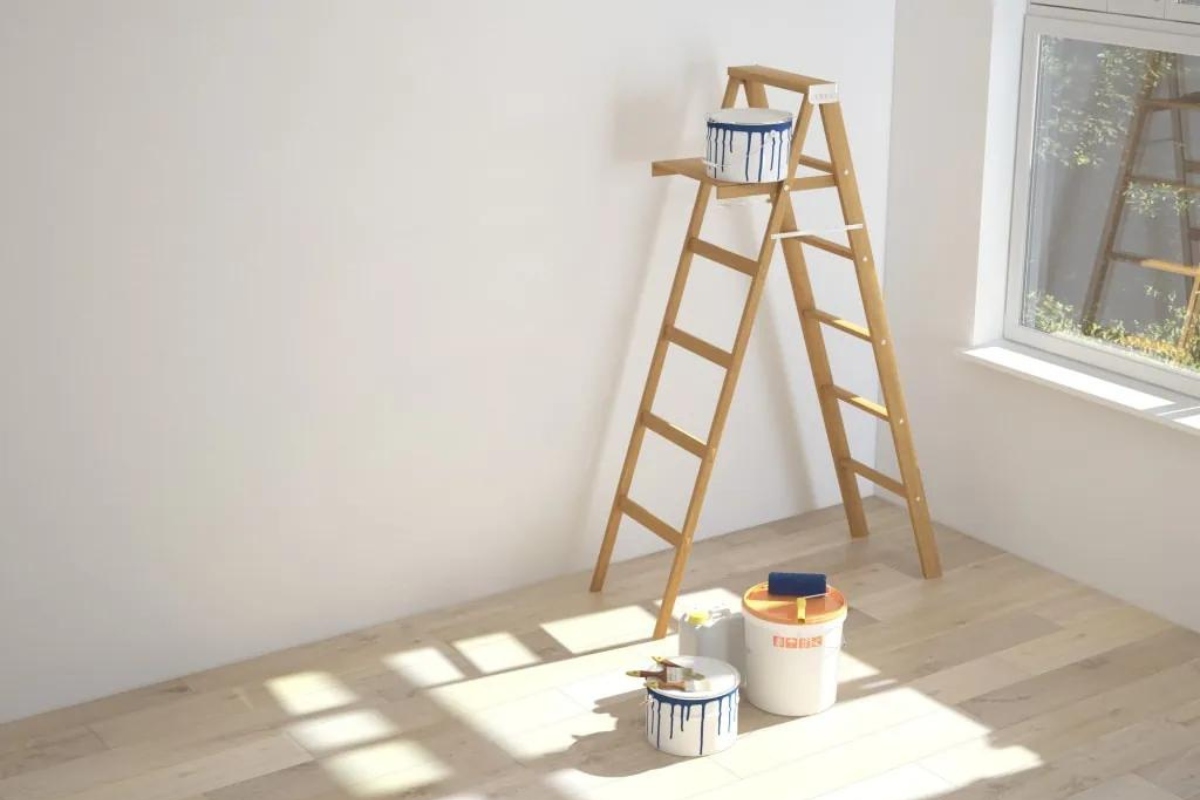
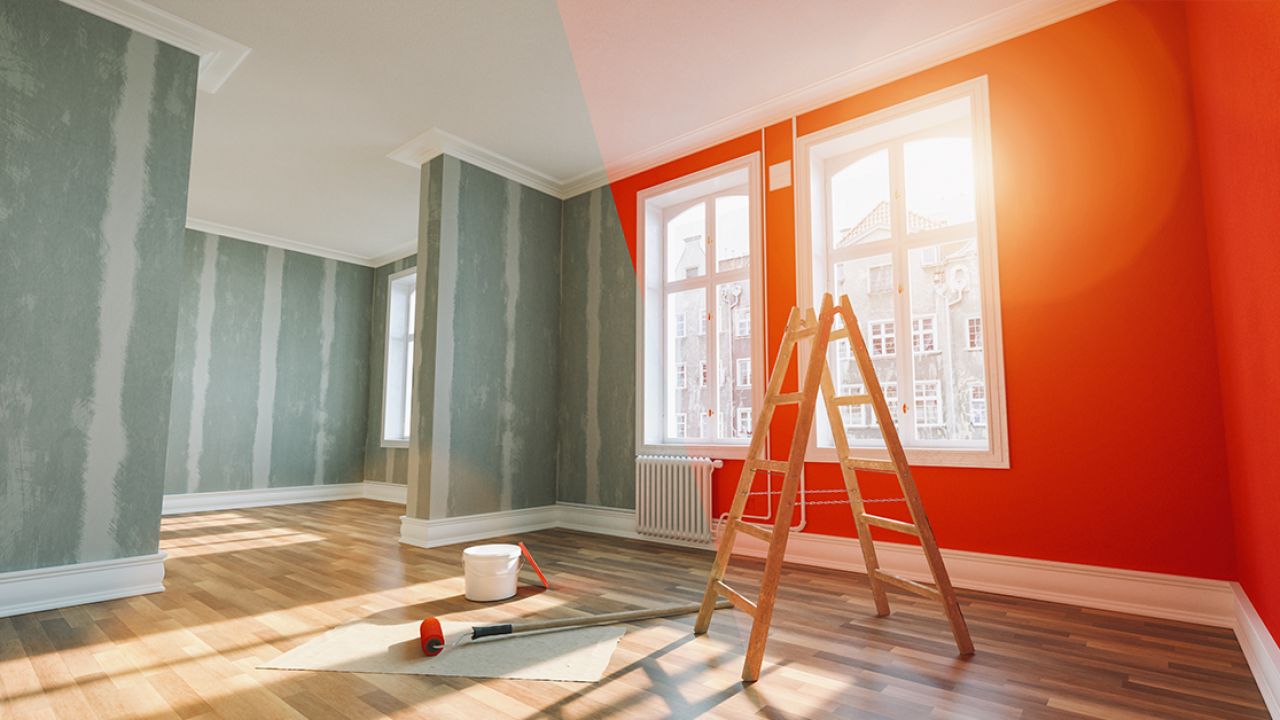
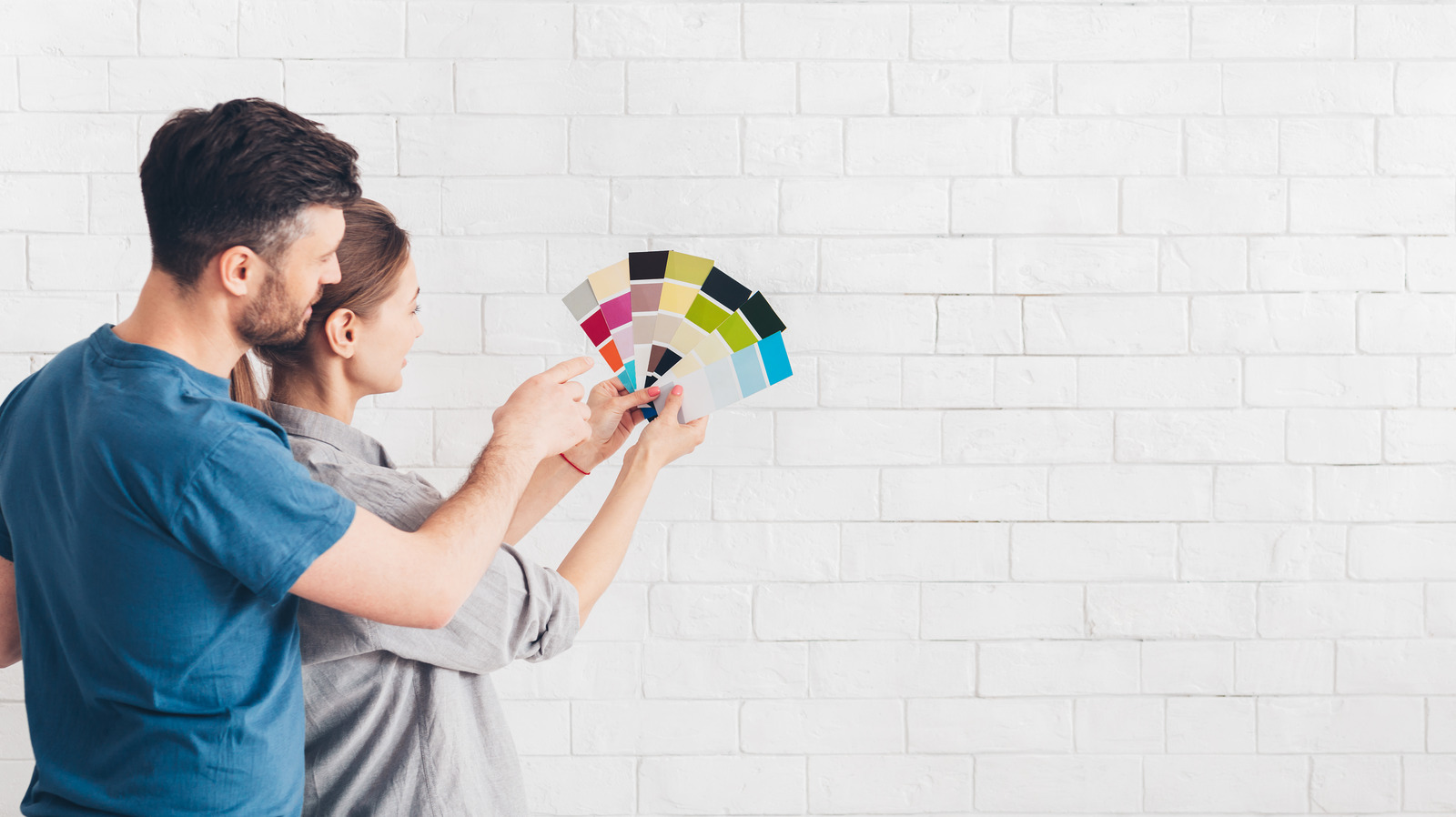
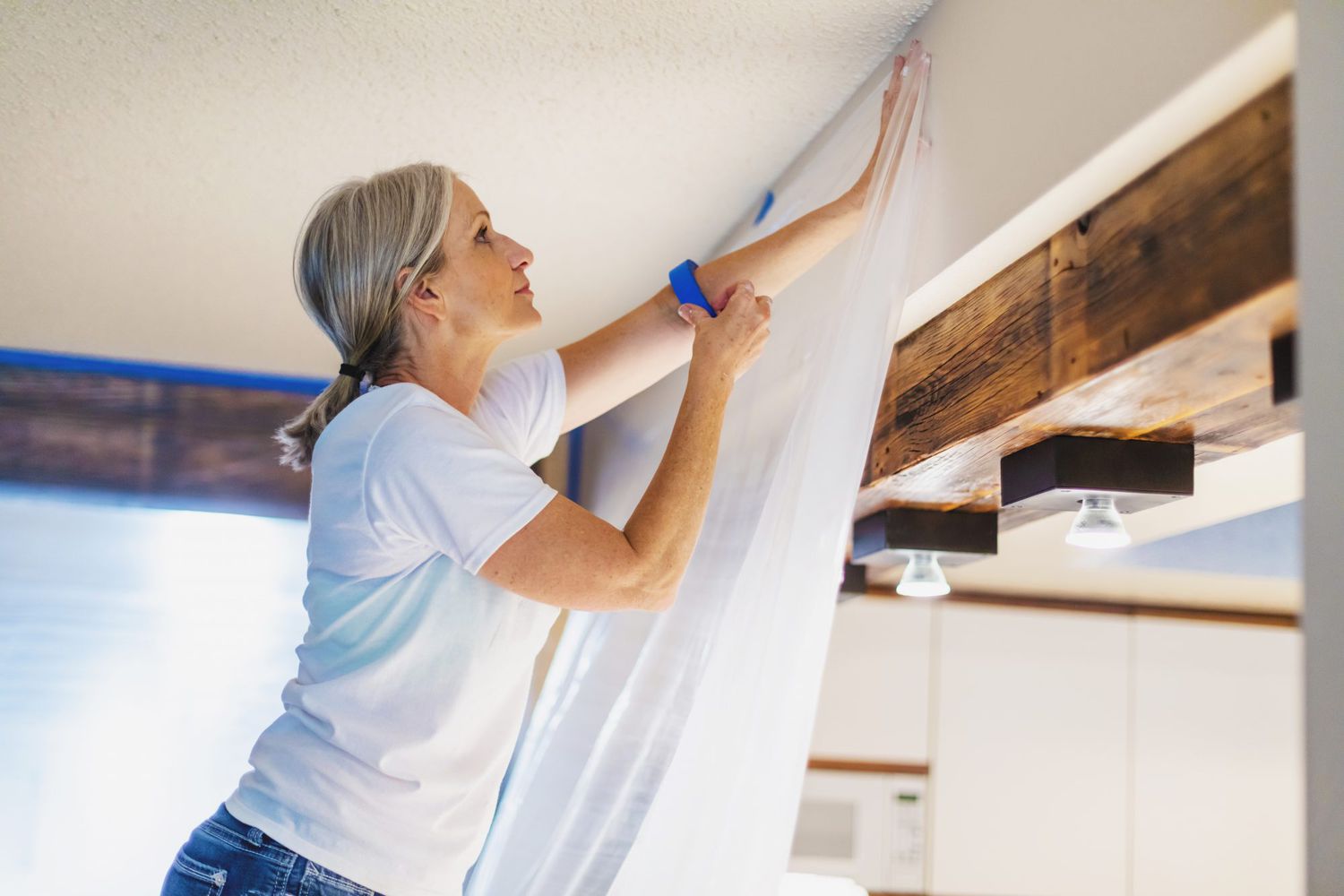
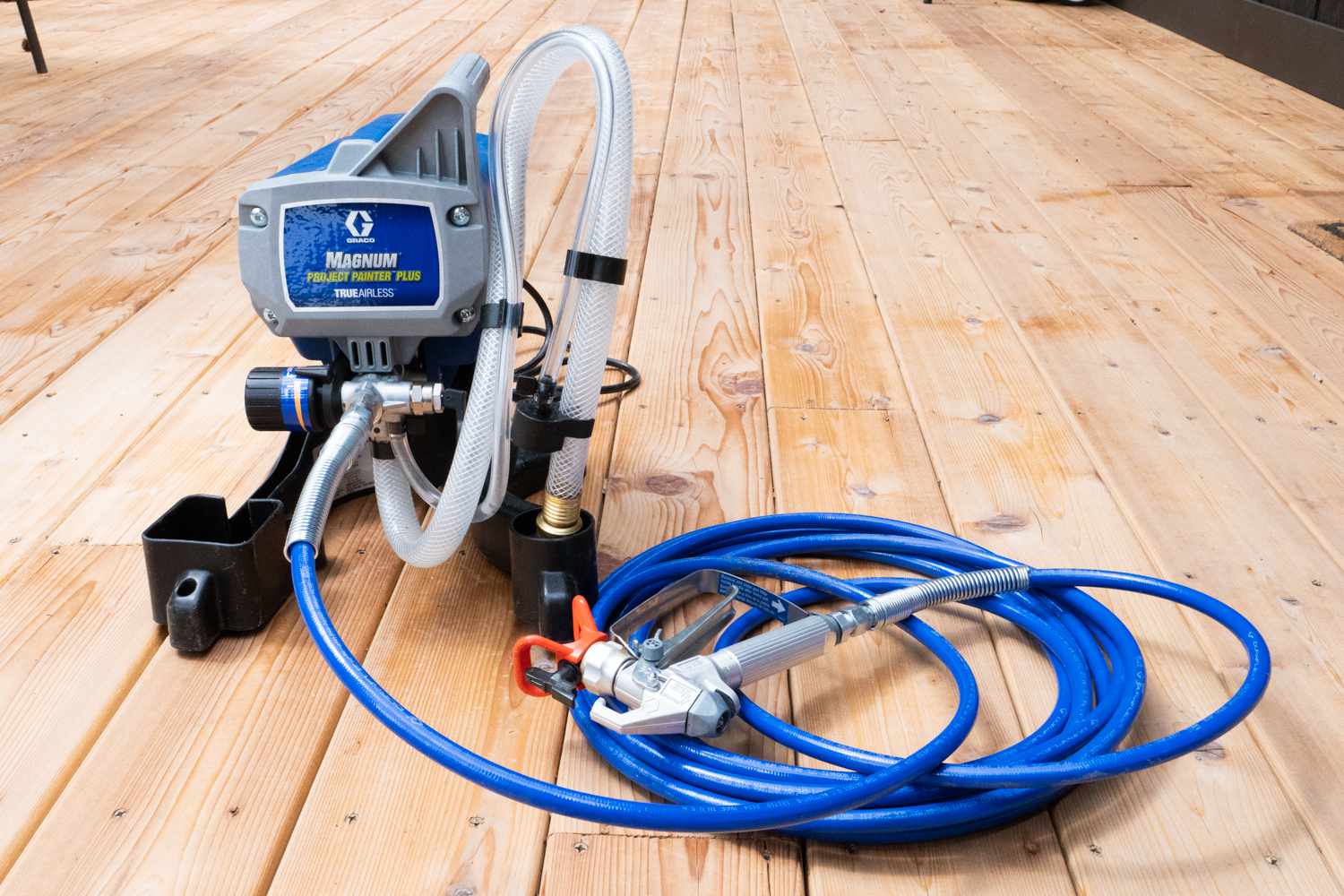
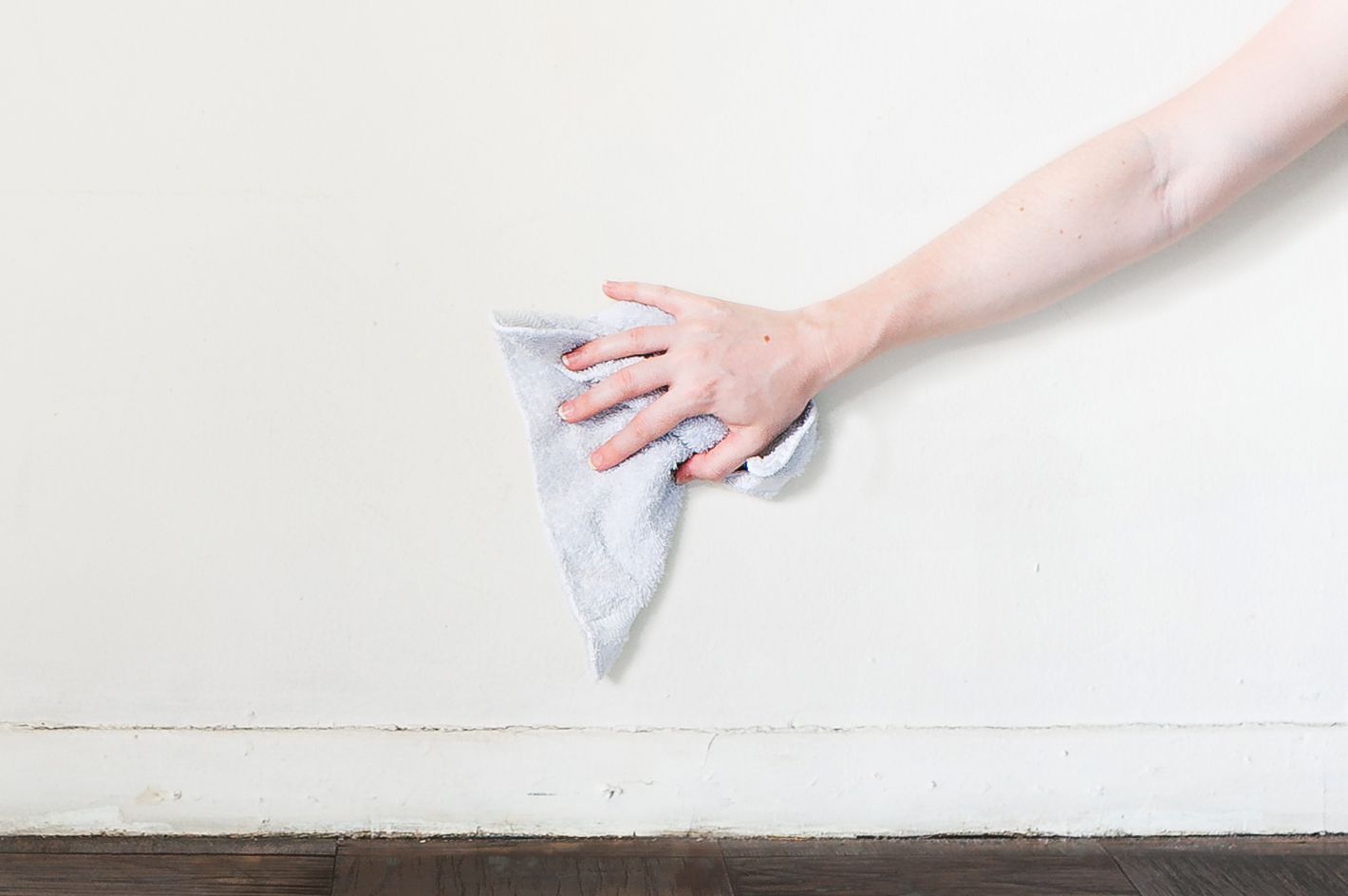
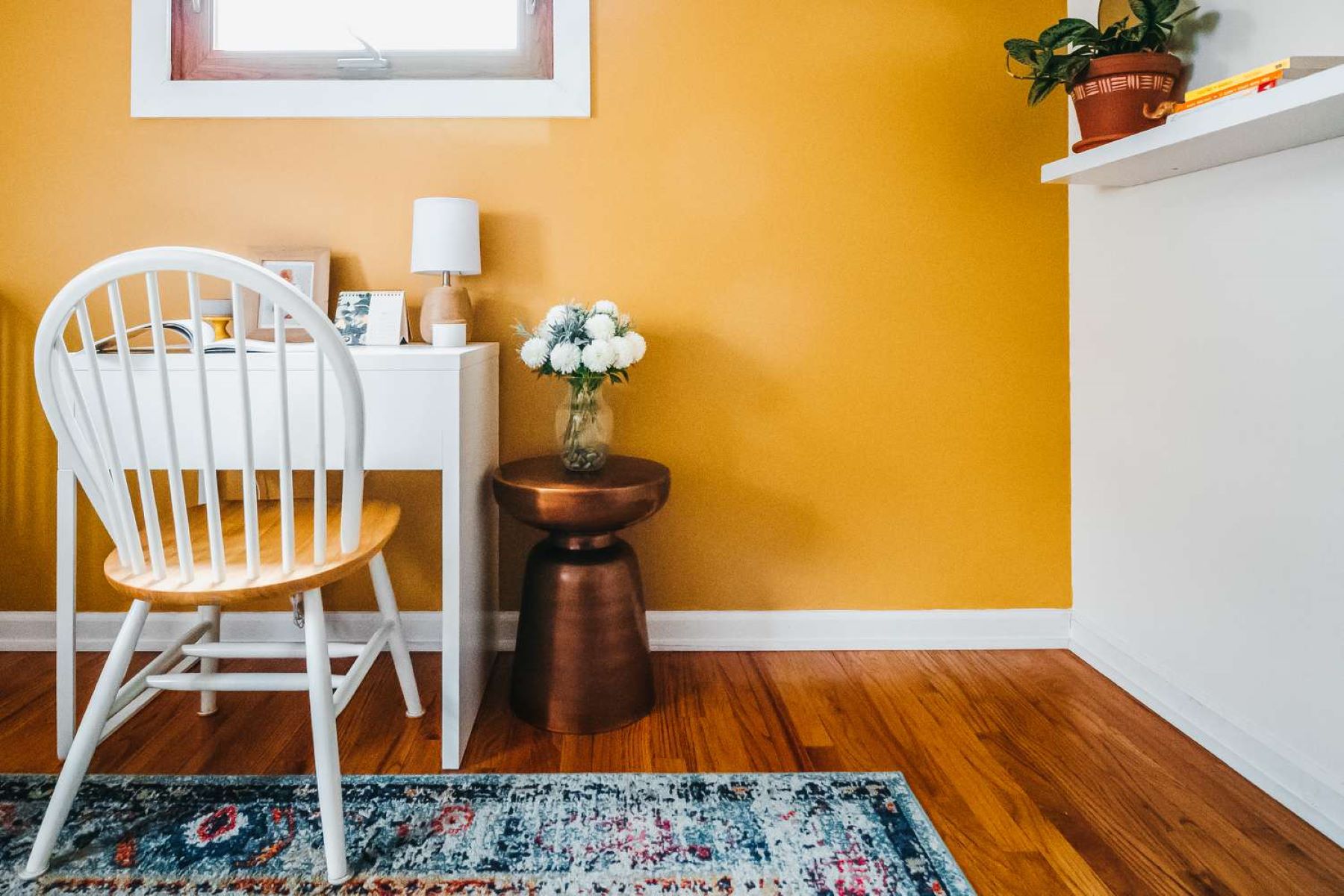
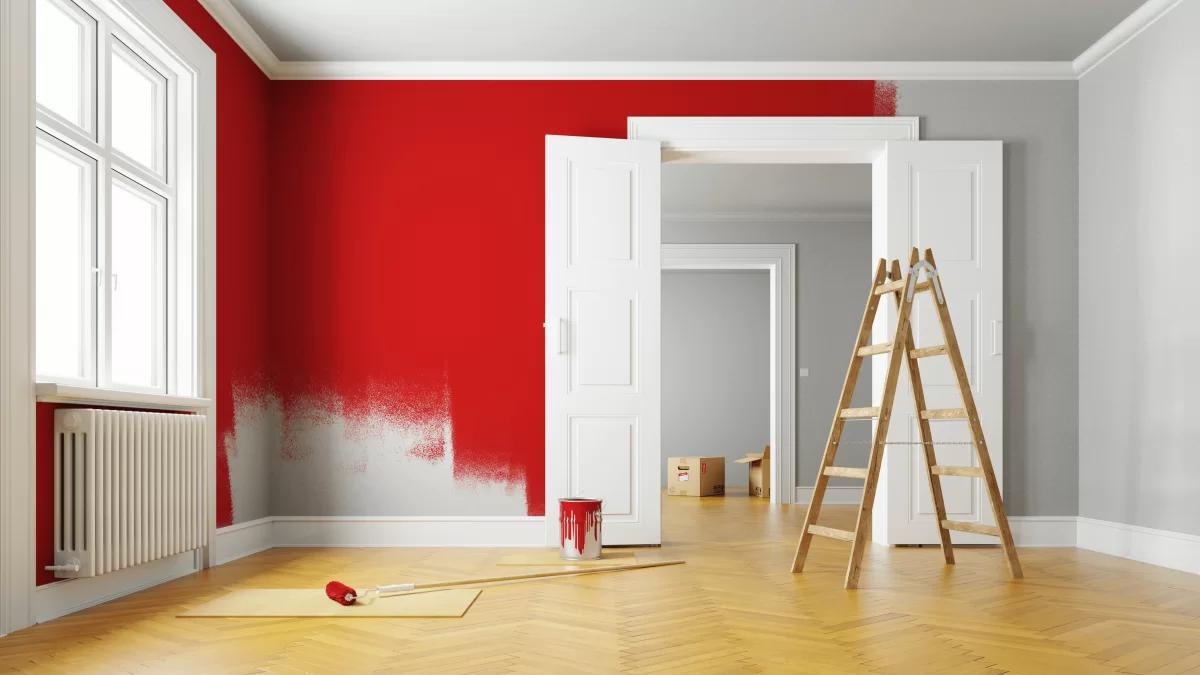
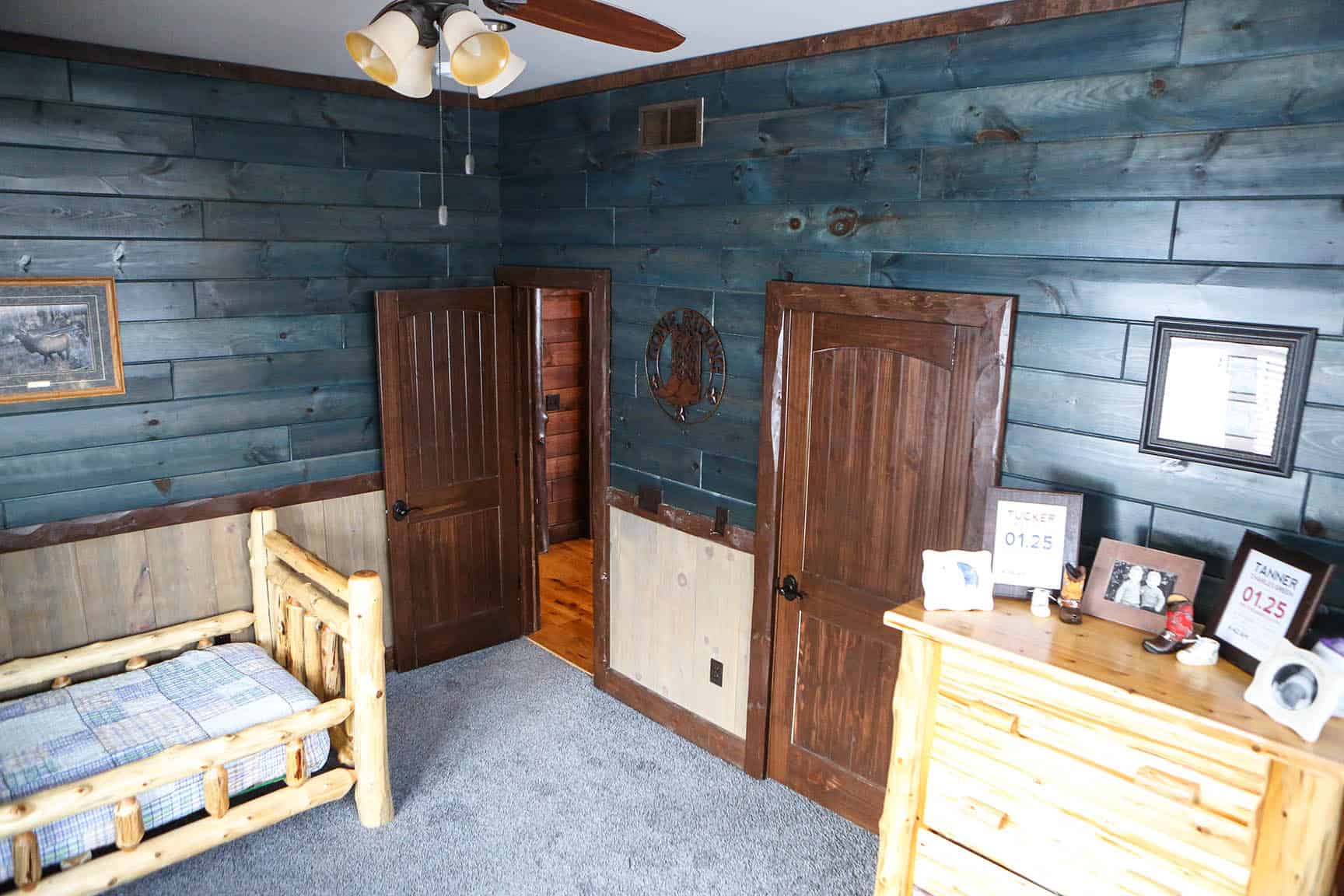
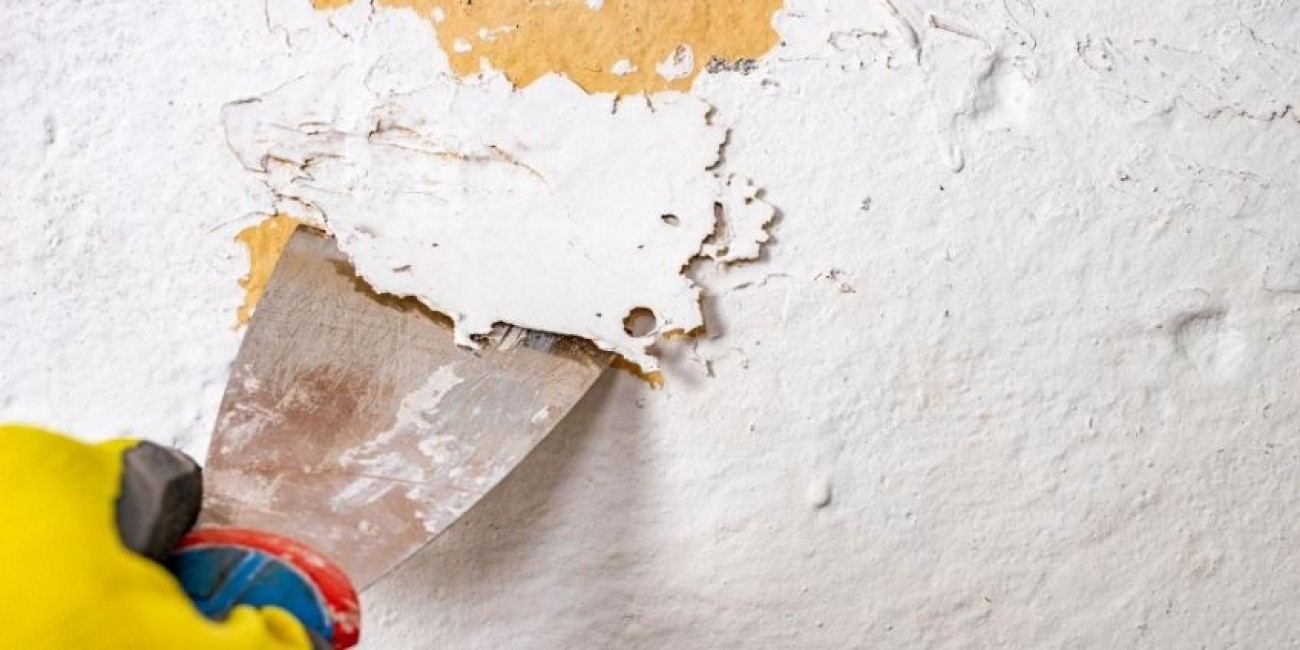
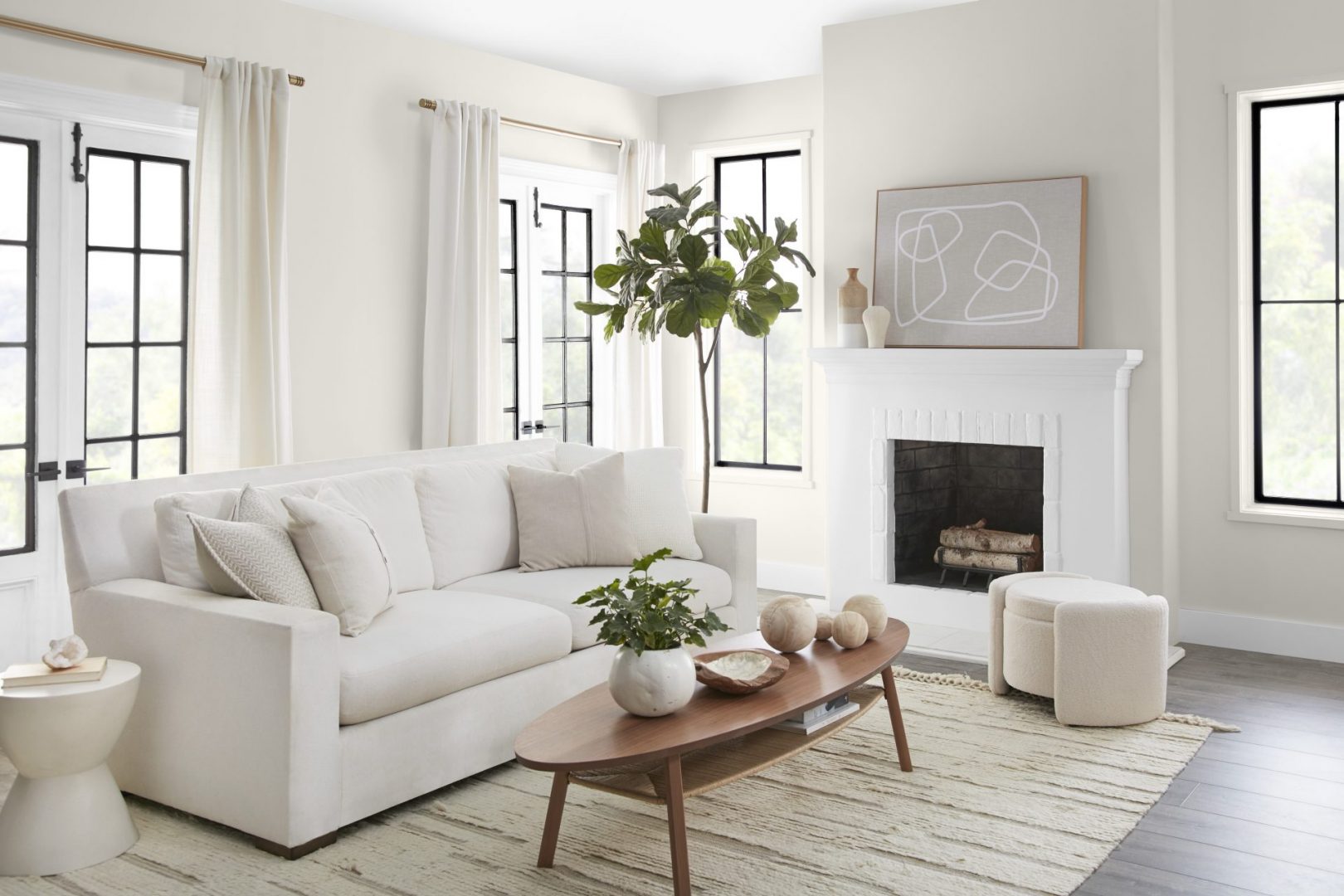
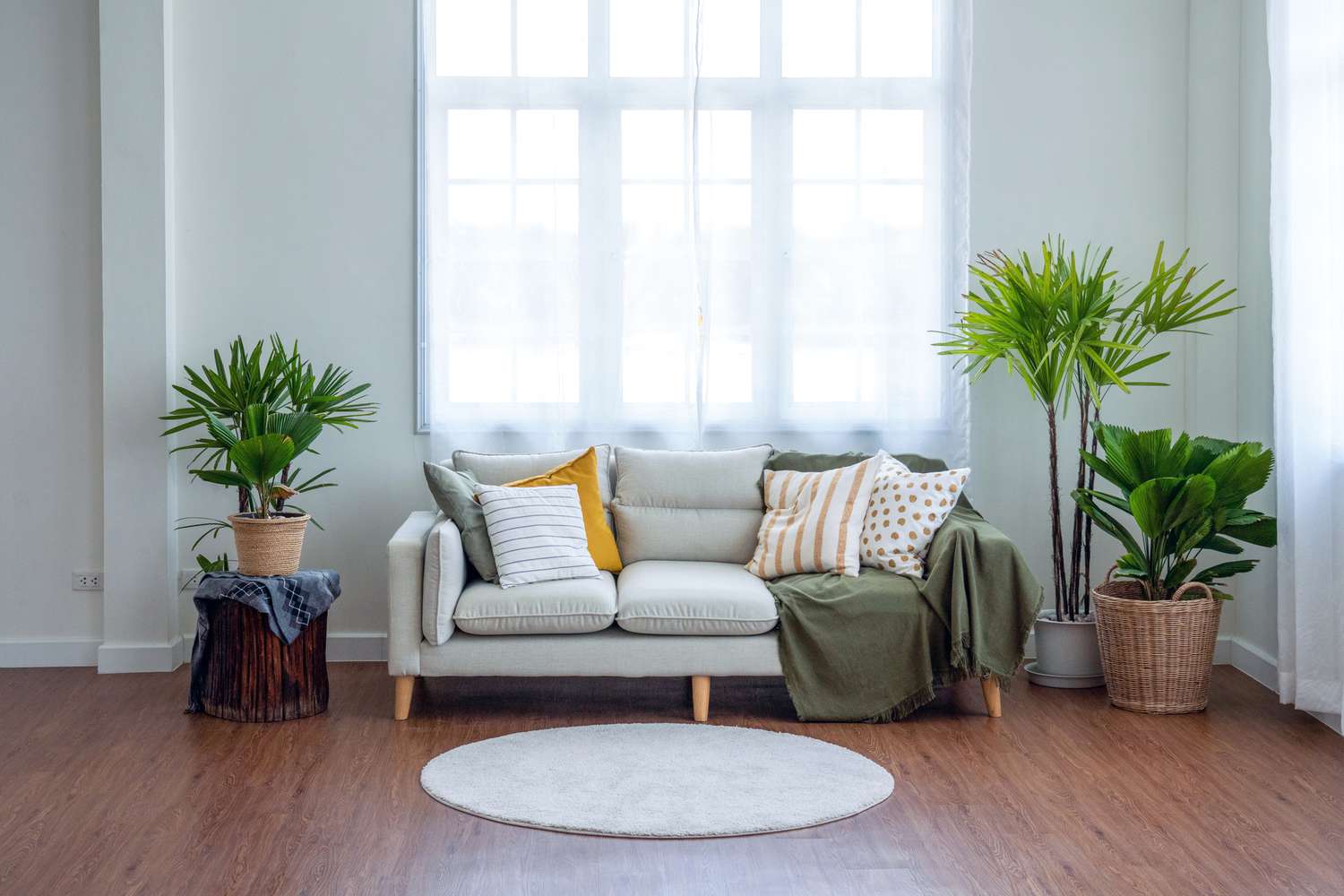

0 thoughts on “Can You Paint Interior Walls When Raining”